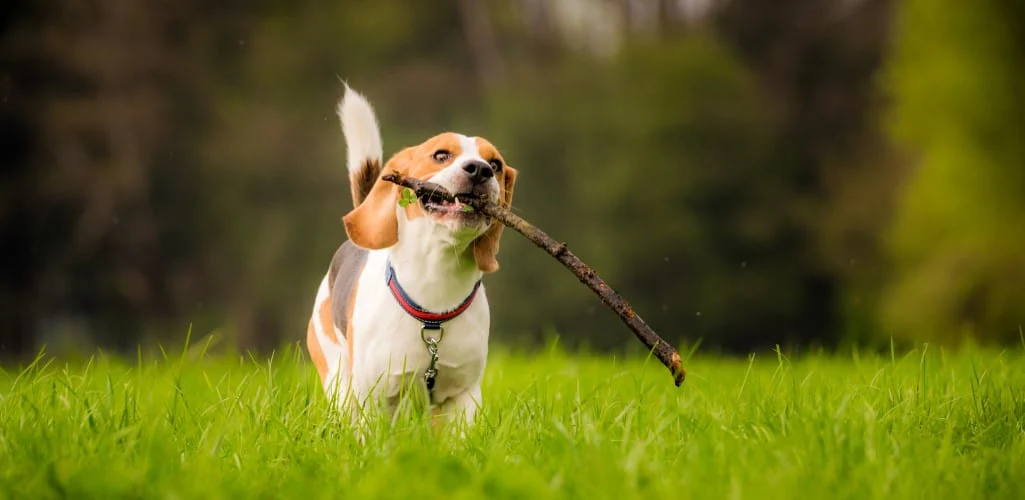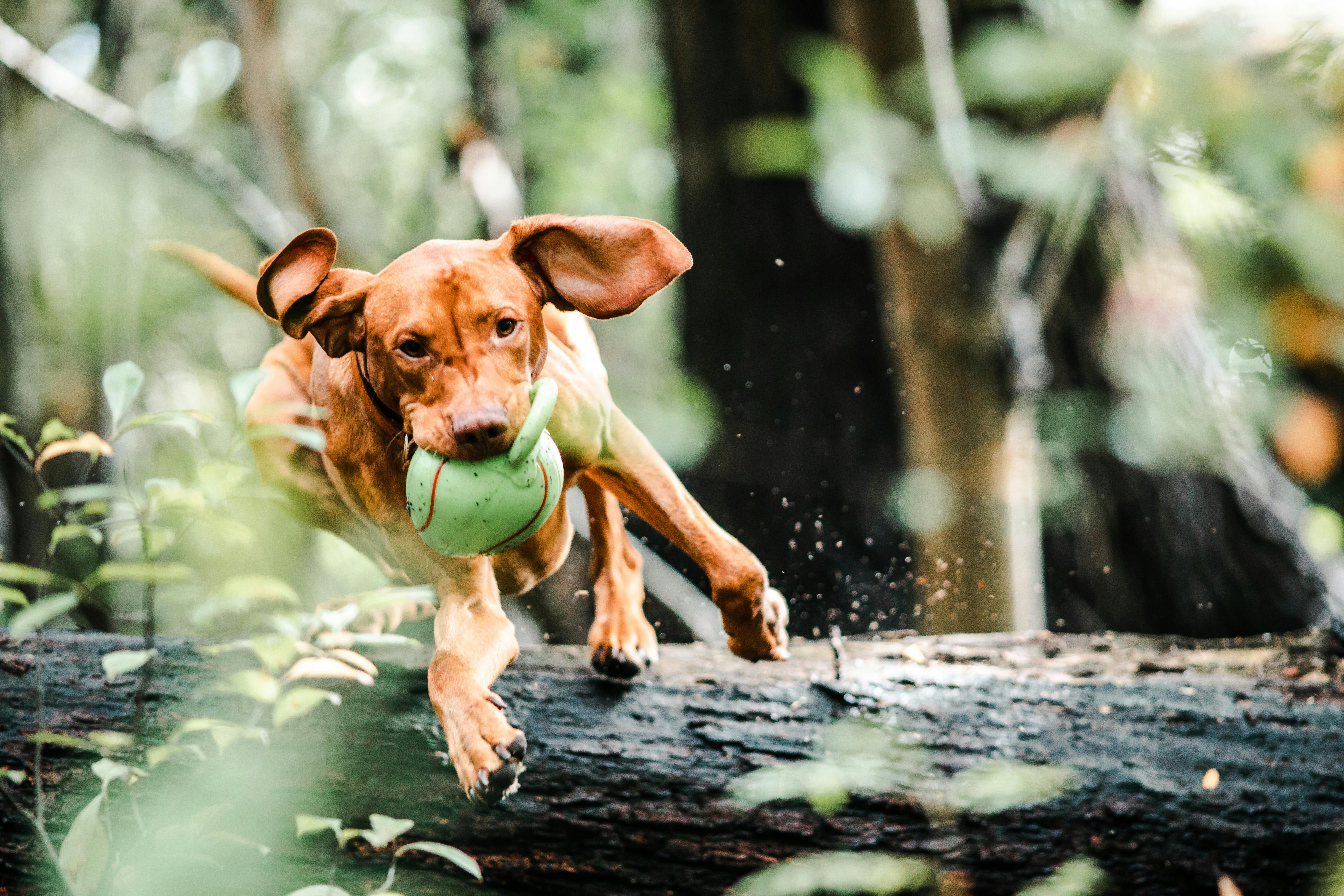Looking to boost your dog’s mental health while creating unforgettable bonding moments? Dog escape rooms might be the answer you’ve been searching for. Mental stimulation is just as crucial as physical exercise for your furry friend’s well-being. In fact, dogs who engage in brain-stimulating activities show reduced anxiety, better sleep patterns, and fewer behavioral issues. Enter the world of canine escape rooms – an innovative approach that combines problem-solving challenges with playful entertainment. These specially designed activities tap into your dog’s natural instincts while providing essential mental exercise. In this comprehensive guide, we’ll explore: • How to create engaging escape room challenges at home • The science behind canine cognitive development • Step-by-step activities for different skill levels • Tips for customizing challenges based on your dog’s personality Ready to transform your dog’s daily routine into an exciting adventure that boosts their mental health? Let’s dive into the fascinating world of dog escape rooms.
Setting Up Your First Dog Escape Room
Essential Equipment and Safety Considerations
Before creating your dog’s first escape room, gathering the right equipment while prioritizing safety is crucial. Start with interactive toys and puzzle games that match your dog’s skill level and size. A good mix might include a snuffle mat for nose work, food puzzles of varying difficulties, and durable toys that can withstand repeated use.
Always inspect toys for any loose parts or damage before use. Remove anything your dog could potentially swallow or choke on. Keep the space free from electrical cords, sharp objects, or anything that could harm your curious pup during their problem-solving adventure.
Consider your dog’s physical limitations and energy levels when selecting equipment. Senior dogs or those with mobility issues might need simpler puzzles placed at comfortable heights, while younger, more active dogs can handle more challenging setups.
Room Layout and Design Tips
Creating an engaging layout is key to a successful dog escape room. Start by choosing a space that’s well-ventilated and allows your dog to move freely. Arrange puzzle games and interactive toys in a logical sequence, creating a natural flow that guides your dog through the experience.
Use different heights and levels to make the experience more dynamic. Place some treats in elevated positions using secure platforms, while others can be hidden in ground-level food puzzles. This variety keeps your dog engaged and encourages them to use different problem-solving strategies.
Consider incorporating a snuffle mat as a starting point – it’s an excellent way to warm up your dog’s brain and build confidence before tackling more complex challenges. Create clear paths between activities to prevent frustration and maintain engagement throughout the experience.
Remember to adjust the difficulty level based on your dog’s responses. If they seem frustrated, simplify the setup. If they’re breezing through, gradually increase the complexity to maintain mental stimulation.
Progressive Challenge Levels
Beginner Challenges
Start your dog’s escape room journey with simple, achievable tasks that build confidence and develop basic problem-solving skills. These entry-level challenges focus on fundamental brain skills while keeping your furry friend engaged and motivated.
Begin with straightforward puzzles like treat-finding under lightweight cups or boxes. This helps develop your dog’s new skill of object permanence – understanding that items exist even when hidden. Place treats in easily accessible spots and gradually increase the difficulty by using multiple containers.
Incorporate basic nose work exercises by hiding treats in plain sight. This natural behavior taps into their scenting abilities while building problem-solving confidence. Start with treats partially visible and progressively make them harder to spot.
Advanced Puzzles
Once your dog masters the basics, introduce more complex challenges that combine multiple brain skills. These advanced setups require sophisticated problem-solving strategies and help develop critical thinking abilities.
Create multi-step puzzles where your dog must complete one task to access another. For example, they might need to pull a rope to release a ball, which then reveals a hidden treat. This teaches sequence learning and enhances their problem-solving skill set.
Introduce time-delayed rewards using specialized puzzle toys that require manipulation of different mechanisms. These challenges help develop patience and persistence while strengthening their new skill acquisition abilities.
Mix physical and mental challenges by incorporating obstacles that require both dexterity and brain power. This combination helps maintain engagement and prevents boredom, as your dog must think creatively to overcome each challenge.
Training Techniques for Escape Room Success
Command Training
Basic obedience training forms the foundation for successful escape room activities. Start by ensuring your dog has mastered essential commands like sit, stay, and come. These fundamental skills create a strong communication channel between you and your pet, making it easier to guide them through complex puzzles.
Teaching a new trick specifically for escape room scenarios helps your dog understand the concept of problem-solving. For instance, train them to push objects, pull ropes, or lift lids – skills they’ll frequently use in escape room challenges. Practice these commands in different environments to ensure your dog responds consistently.
Positive Reinforcement Methods
Positive reinforcement is crucial when introducing your dog to escape room activities. Use high-value treats, enthusiastic praise, and favorite toys to reward successful completion of tasks. This approach builds confidence and makes the learning process enjoyable for your furry friend.
When teaching a dog trick for escape rooms, break down complex behaviors into smaller, manageable steps. Reward each small achievement to maintain motivation. For example, if teaching your dog to open a drawer, first reward them for touching it, then for gripping the handle, and finally for pulling it open.
Remember to keep training sessions short and fun. Five to ten minutes of focused practice is often more effective than longer sessions where your dog might lose interest. Always end on a positive note, even if your dog hasn’t fully mastered the task.
Customizing Activities for Different Dogs
Breed-Specific Adaptations
Every dog breed comes with unique characteristics and instincts that influence their learning style and engagement levels. As a responsible dog owner, it’s crucial to understand your dog’s breed-specific traits when designing mental stimulation activities.
Working breeds like Border Collies and German Shepherds often excel at complex problem-solving tasks and require more challenging activities. These intelligent breeds benefit from advanced puzzle toys and multi-step commands that keep their minds sharp and focused.
On the other hand, scent-driven breeds like Beagles and Bloodhounds thrive on nose work activities. Creating scent trails or hiding treats around the house can effectively engage their natural tracking instincts while providing mental stimulation.
Age and Health Considerations
Just like humans, dogs have different needs at various life stages. Puppies are naturally energetic and curious, making them perfect candidates for short, frequent learning sessions. Senior dogs might require gentler activities that accommodate their physical limitations while still keeping their minds active.
Dogs with special needs deserve particular attention when planning mental enrichment activities. A dog’s need for mental stimulation remains constant, but the approach must be tailored to their specific condition. For instance, dogs with mobility issues can engage in stationary puzzle games or gentle training exercises that don’t strain their bodies.
Always monitor your dog’s energy levels and interest during activities. Some dogs might need shorter sessions with more breaks, while others can maintain focus for longer periods. The key is to observe and adjust based on your dog’s individual response and engagement level.




